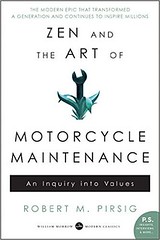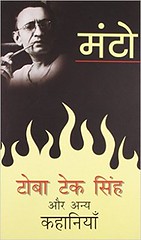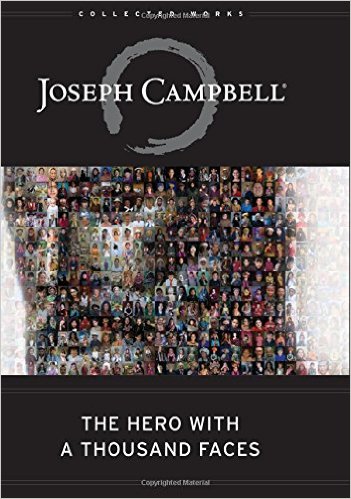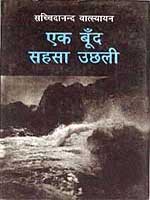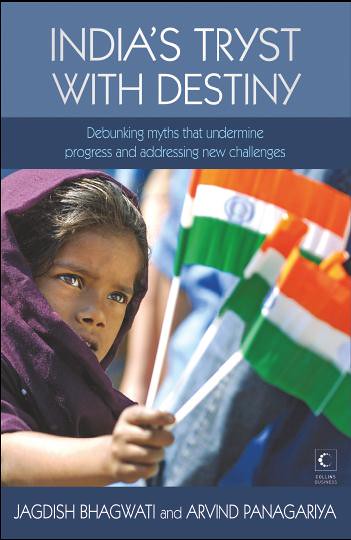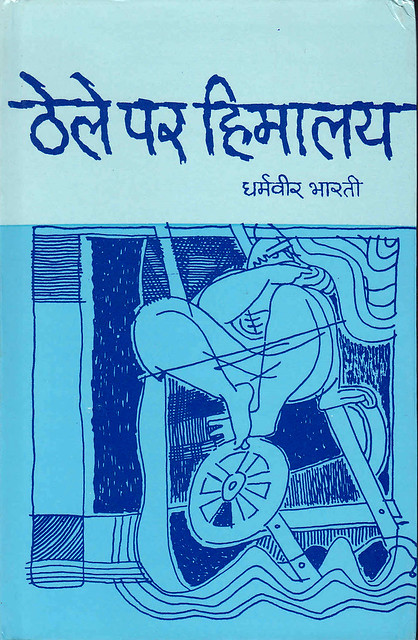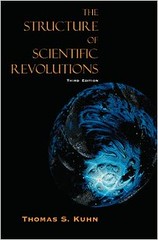Robert M. Pirsig had difficulty in finding a publisher for the book 'Zen and the Art of Motorcycle Maintenance.' In fact, this book holds the records of the most number of the rejections before getting published. As Pirsig says in the introduction that this book is not much related to the Buddhist branch Zen and is not too factual on the motorcycles either.' In this book, Pirsig goes on a travel on a motorcycle from Minnesota to San Francisco, but this is not the main theme or content of the book. During this travel, Pirsig undertakes a discussion of a major schism in the current philosophical thought, which is the major theme of the book. Based on his own experience in the college and in the life, Pirsig presents this ‘inquiry into values.’
In the initial chapters, Pirsig discusses the scientific method. He says that to reach a conclusion while following a scientific method, one has to have many hypotheses and then verify these hypotheses in a controlled experiment disinterestedly to reach a conclusion and the conclusion thus arrived explains the observed behavior. Pirsig says that since an observation can have an infinite number of hypotheses to explain it, it is difficult to have one true hypothesis. Contrary to the impression of objectivity that is given to science, the formation of a hypothesis may be a work of intuition (credited to Einstein in the book). Pirsig notes that these are 'strange words for the origin of scientific knowledge.'
In the current system of thought, there are two broad categories - Romantic and Classical. The Romantic school of thought is concerned with the appearance, being and some level of mysticism. It is concerned with beauty and other aesthetic values. The Classical school of thought, on the other hand, is concerned with knowing things in detail, knowing what causes a process to happen in a certain way and only in that way. This is much closer to the discourse that the western philosophy has embraced for last two thousand years. The questions that Pirsig asks are does classical school has no beauty. Are romantic and classical schools so incompatible?
In last few chapters of the book, Pirsig cites historical figures such as Aristotle in the discussion of rhetoric and dialectic. As Aristotle said that 'Rhetoric is an art because it can be reduced to a rational system of order.' Pirsig, a believer in dialectic (where a person investigates the veracity of an opinion), Pirsig could never accept this. A good Rhetorician never follows a rule and howsoever one tries, it can never be established that certain rules make a better rhetoric. Rhetoric represents quality and dialectic represents truth and we need to find a way so that these two can co-exist. In the ancient times, quality and truthfulness co-existed, but later philosophical traditions separated them leading to many of the problems of current thought.
Throughout this book, Pirsig narrates the story by two of his versions. His past self, whom he has named Phaedrus, is looking for the reason and rationality. Because of this, he has to undergo hardships as his doubts could not be clarified by the big names in the relevant field. He was deemed to be an unorthodox person. His current self is more compromising and able to make amends. Pirsig’s son Chris, his companion on the bike trip, had seen his past. That is why whenever Pirsig sunk into deep philosophical thoughts, Chris got worried that he may be returning to his past. At the end of the book, the author reconciles himself with his past.
